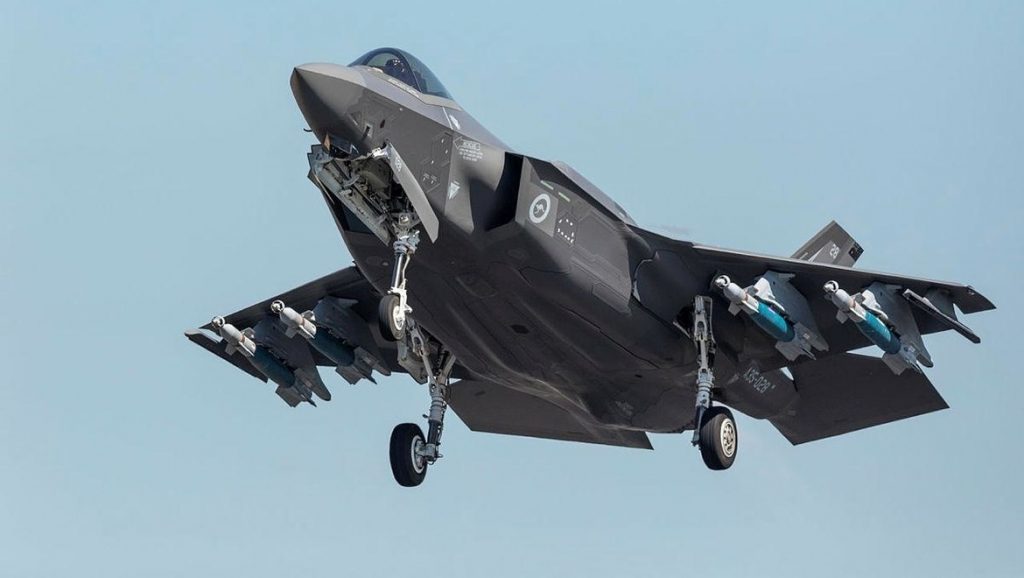
The RAAF will continue to fly its F-35s despite the US and Israeli air forces grounding their fleets over an ejector seat fault.
Defence told Australian Aviation sister title Defence Connect in a statement it had undertaken an “independent risk assessment” and would review its decision if new information came to light.
Last week the US Air Force stopped flying its F-35s after discovering the problem in April, with the US Navy and Marine Corps shortly following suit.
“Air Force is aware of the issues surrounding the ejection seat in the F-35A fleet,” an Australian Defence spokesperson said.
“The F-35A Joint Program Office (JPO) — the engineering authority for F-35s globally — is investigating a possible Cartridge Actuated Device (CAD) quality assurance issue. The CADs are used in the F-35 pilot ejection system.
“Air Force has undertaken an independent risk assessment based on information provided by the F-35A JPO and will continue flying the F-35A.
“Air Force will continue to engage with the US Air Force and JPO and review its risk assessment if new information is received.”
The ejection seat’s manufacturer, Martin-Baker, discovered a fault within the seat’s explosive cartridges, finding the part incorrectly fitted and missing a fundamental component to the functioning of the explosive: magnesium powder.
It is believed that an operator discovered the flaw after noticing how light the part was.
According to a news report from the Air Force Times, US military representatives originally determined the case to be an isolated fault. Still, they later concluded that the fault, in fact, originated within the production line.
“During a routine maintenance inspection at Hill [Air Force Base, Utah,] in April ’22, an anomaly was discovered with one of the seat cartridge actuated devices in the F-35 seat,” a spokesperson for Martin-Baker, Steve Roberts, said.
“This was quickly traced back to a gap in the manufacturing process, which was addressed and changed.”
Over the weekend, Breaking Defense confirmed that the US Navy had completed their aircraft inspections, with reports that three faults had been detected throughout 2,700 inspections.
While the US military has begun removing the temporary stand-down orders, Israel has grounded its fleet of F-35s in response to the reports.
The F-35 is Australia’s newest fighter jet, bought to replace the RAAF’s F/A-18A/B Classic Hornets that were in service since 1985 and retired in late 2021.
Over the coming years, Australia will purchase 72 as part of the $17 billion AIR 6000 Phase 2A/B program, with all expected to be fully operational by 2023.
Thus far, the fighters have clocked in excess of 15,000 flight hours and have already achieved initial operational capability, making it combat-ready.
The aircraft comes in three variants: the F-35A — purchased by Australia — is a conventional take-off and landing (CTOL) version; the F-35B is a short take-off/vertical landing (STOVL) variant, and the final F-35C is the carrier type (CV).
















Gary Edney
says:The ejection seat issue is also in the. Super Hornet and Growlers we operate. Likewise the problem with Helmets green glow dating back to 2012 is still not solved restricting night flights and refueling
Gary Edney
says:The ejection seat issue is also in the. Super Hornet and Growlers we operate. Likewise the problem with Helmets green glow at night is still not solved restricting night flights and refueling